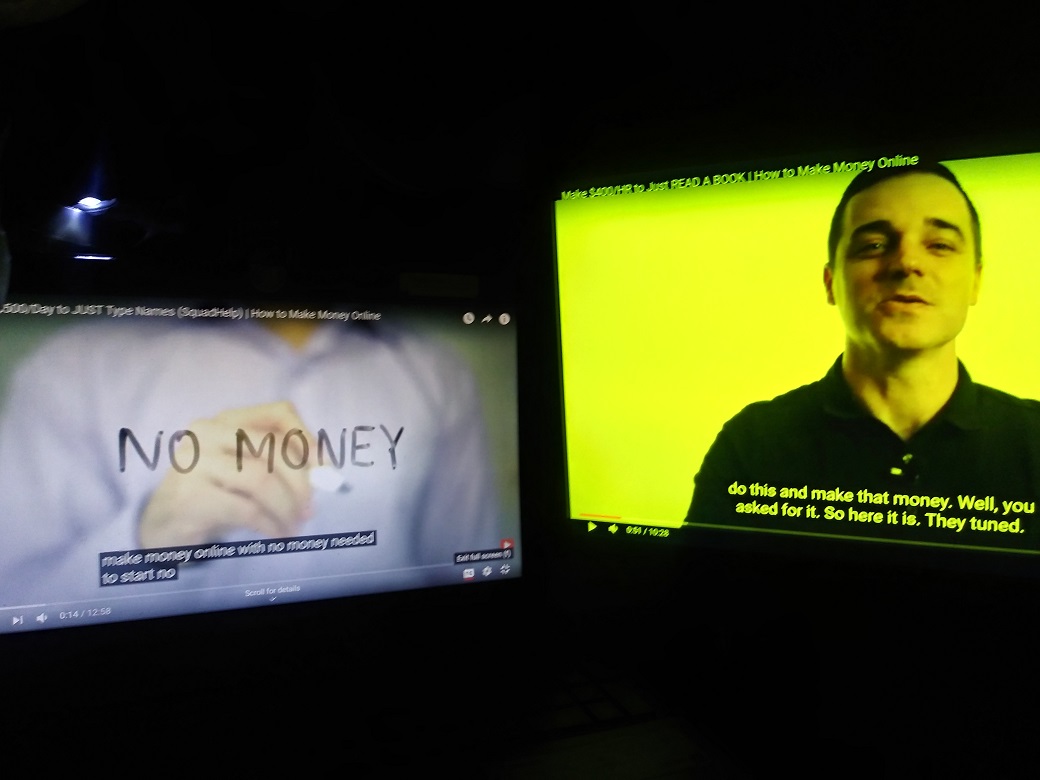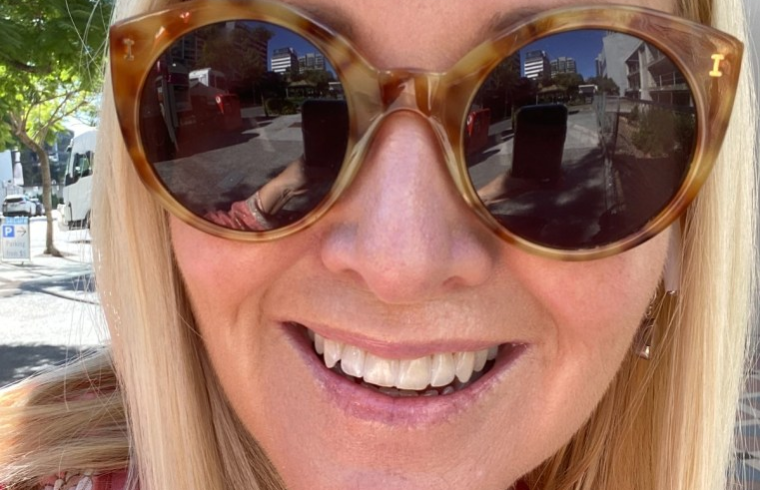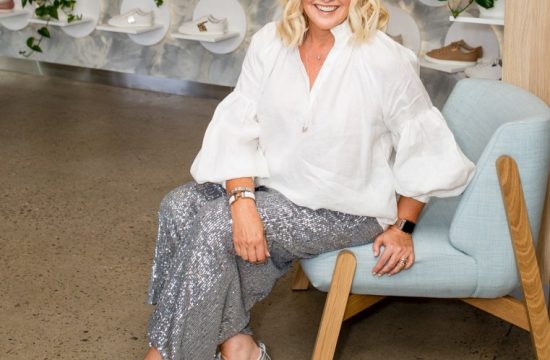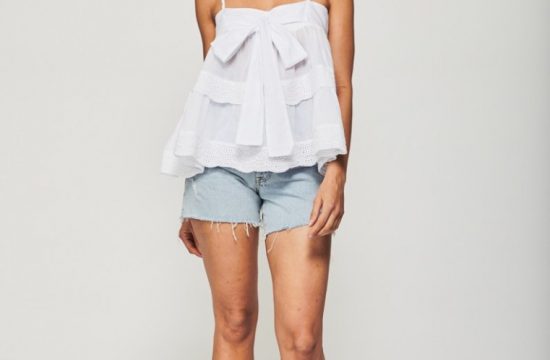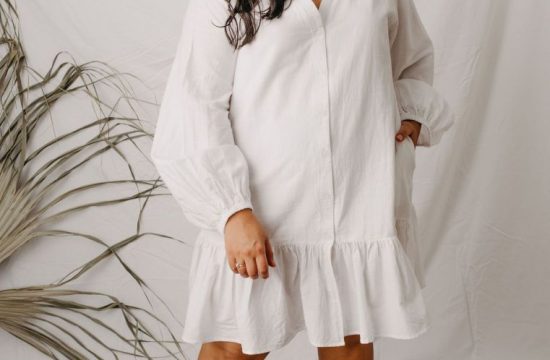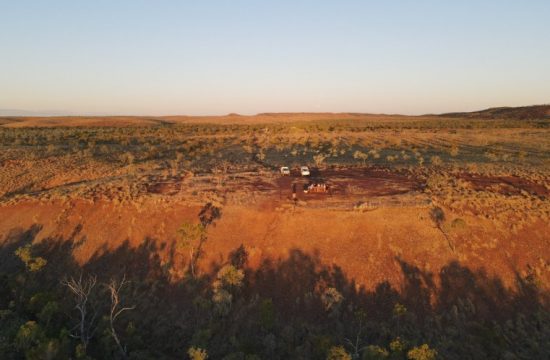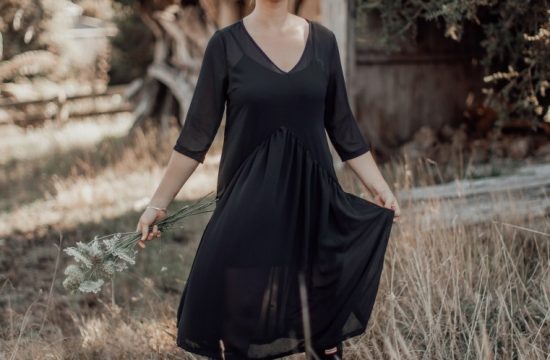As a pale-skinned Aussie kid who grew up in the 1970s not wearing shoes to school, let alone hats or sunscreen, I’ve done extremely well to get to almost 53 before having my first skin cancer treatment: photodynamic therapy (PDT).
At my annual skin check this year, I asked my doctor about the small area of flakey skin on the bottom right of my lip line. It would come and go but never stay away. She told me it was skin cancer – solar keratoses – and there were more on the bottom left of my lip line. More I couldn’t even see or feel. (Below is just before I went in for the treatment)
BEFORE

Because I’m vain (and frequently have to schedule my working week around photoshoots), my first questions were about down times from treatment options. See above: VAIN.
My doctor said that this area would be a good candidate for photodynamic therapy and that downtime would be about a week. This was significantly less than the alternatives of laser therapy (weeks) or surgery (months).
I went away from that appointment madly Googling for any real-life experiences and photos from the treatment. To be honest, there wasn’t much, which is why I’ve chosen to write about my experience here. (👋 if you’ve stumbled across this post via a Google search)
Before I get into the nitty gritty and some very non-pretty lip photos (consider yourself warned), I want to reiterate a skincare message that I’ve been shouting to the rooftops for as long as I’ve had a platform to do so:
Wear sunscreen. EVERY DAY.
The only reason I’ve not needed treatment before this year is because my mum was ahead of the times and slathered us in sunscreen when it was far from the trend of the day. This was the era of baby oil, tin-foil sun-baking and tan lines worn as badges of honour.
That early sunscreen habit stuck and continues to this day and my skin is thankful for it. Yes, I’ve stuck to a daily skincare routine since I was 18 but without sunscreen being the front and centre of that routine, I would not have the skin texture and colour I do today.
AFTER

Photodynamic therapy: how it works
A light-activated cream (Metvix) is applied to the affected area (anywhere on the face or scalp). Over a period of two-three hours, this creates a reaction in the cancerous cells to produce a chemical that, when activated with light, selectively destroys those cells but leaves the healthy ones alone.
1. Metvix applied.

2. Affected area is covered in plastic and tape.

3. I can no longer talk. Some in my household would be happy about that but I’m in the surgery, socially isolated for two-three hours with my laptop. I can’t annoy anyone with my words. I’ve stuffed my mouth with tissues in the hope that I don’t drool too much. I do.

4. My doctor applies a dental block to my lips. It’s ouchy and causes an adrenalin surge in my body. I’m shaky and my heart is racing. Not fun at all.
5. It calms down and the light exposure starts. I’m under for seven minutes. As someone who loves a monthly LED treatment as part of her facial, I can tell you this is NOT the same and far from relaxing. Even with the dental block, it feels searing around the lips, like burning.

6. I sit up, try to drink from a straw (spoiler alert: it’s not possible with a dental block).
7. After about 20 minutes, I’m off home with my post-treatment care instructions and the beginning of my obsessive daily looking in the mirror to see if it’s healing.
Photodynamic therapy: after-care
Imagine the worst combination of sun and windburn, with a dose of fresh chilli on top and you’ll come close to understanding just how much my lips hurt in those early days.
It’s essential to cleanse (with a moisturiser like Cetaphil or QV) and moisturise the area three times a day but because it’s the lips, I found I did this more often, especially after eating.
And my tube of Lanolips Golden Dry Skin All Over Salve was never out of my sight. I slathered this on my lips throughout the day and layered it up overnight. This is my favourite product for putting on my lips before bed every night and it worked brilliantly during the 10 days post-treatment.
You need to keep makeup away from the affected area until its healed and it’s essential to keep out of the sun during that time as well. Don’t exfoliate or use products with acids or active ingredients until two weeks afterwards.
Now that it’s healed, I make sure I apply an SPF 50 lip balm when heading outside. I’ve been very impressed with Ultra Violette Sheen Screen SPF 50 Hydrating lip balm (you can’t go wrong with any of the shades!).
Photodynamic therapy: the diary

Day 1: When dental block wore off, it felt tingly, like chilli sitting on my lips. I cooled my lips on the side of a very cold wine glass. It was Friday. 🤷♀️
Day 2: Woke up with crusty, dry lips and that feeling when you’ve got really bad sun or wind burn. Made a really bad decision about drinking a margarita that afternoon. Ouch. But tasty. Introduce a glass straw as a work-around. Everything really is figureoutable.
Day 3: That burning feeling was dialled up with a side offering of blistering and puss. SO attractive.
Day 4: Skin started coming off and there was more blistering. The area wasn’t as painful as long as I kept it moisturised and away from acidic food.
Day 5: There was less skin flaking. A line of small, clear blisters appeared along the bottom lip line. I did a photoshoot for a client, avoiding any close-ups, utilising hair flicks to hide my lips. Dinner fail: Asian lime dressing was not a good idea. 🤦♀️
Day 6: You’d think I’d have learned by now but I made the mistake of including tomatoes on my sandwich – big mistake. The swelling was down but the lips was stingy and sensitive.
Day 7: The swelling and blisters had disappeared. I woke up for first time not feeling pain or dryness.
Day 8: There is further improvement but the lips were still a little tender and there was still some stinging.
Day 9: The lips still got very easily but redness was just on site of the cancerous cells.
One month: I got the all-clear from my doctor. She was happy with how the treatment had worked but will follow up again in three months’ time.

Photodynamic therapy: the verdict
This isn’t a treatment that’s covered by Medicare in Australia, which is disappointing, but for me it was an ideal choice to address a problem before it got worse, with as little down time as possible.
It cost me $250. The cost depends on the area to be treated and can range up to $700. You may require more than one treatment to achieve the desired result.
I highly recommend this non-surgical treatment if advised by your doctor or specialist. The short down-time and minimal discomfort was worth it.
So, tell me, is this a treatment you’ve undergone? What were the results? When was the last time you had a skin check?
Please note: I’m not a medical professional. The above experience was just that – my experience. Talk to your GP or skin specialist for advice specific to your skin. If you’d like to know details of my doctor, who does my annual skin checks and who carried out this treatment, please email [email protected]

